what is the tallest cedar tree
twotone
9 years ago
Related Stories
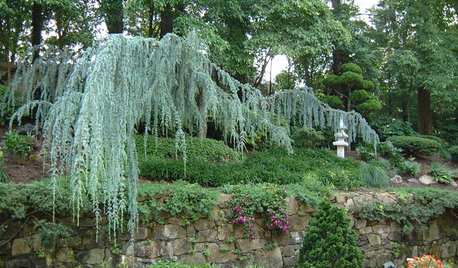
GARDENING GUIDESGreat Design Plant: Cedrus Atlantica ‘Glauca’
With its blue foliage and variety of shapes, blue atlas cedar earns its place in the sun
Full Story
EDIBLE GARDENSHow to Grow 10 Favorite Fruit Trees at Home
Plant a mini orchard in fall, winter or early spring to enjoy fresh-off-the-tree fruit the following year
Full Story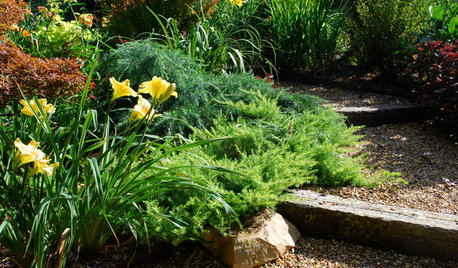
GARDENING GUIDESGreat Design Plant: Cedrus Deodara ‘Feelin’ Blue’
The smallest of the cedars softens a hardscape while bringing structure and texture to the garden
Full Story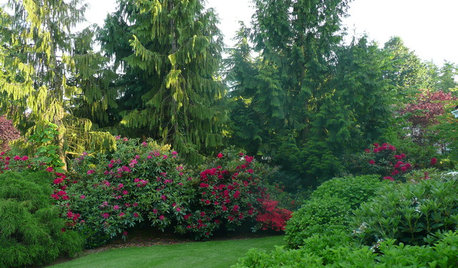
GARDENING GUIDESGreat Design Plant: Chamaecyparis Nootkatensis
Alaska cedar brings an element of sculpture to the garden
Full Story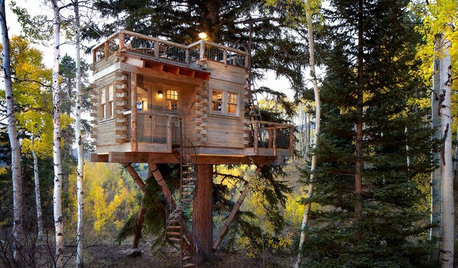
TREE HOUSESHouzz Call: Show Us Your Well-Designed Treehouse or Tree Fort!
Got a great treehouse or tree fort? We want to see it! Post yours in the Comments and we’ll feature the best in a future article
Full Story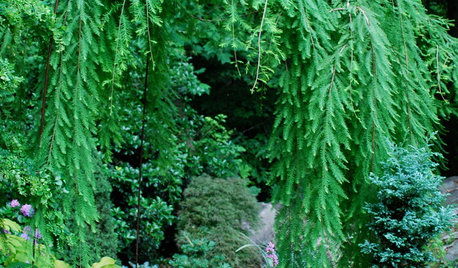
LANDSCAPE DESIGNThe Weepers and the Creepers: 10 Intriguing Trees for Your Garden
Bring something a little different to your landscape with a tree that dives, twists or crawls
Full Story
SIDE YARD IDEASNarrow Trees for Tight Garden Spaces
Boost interest in a side yard or another space-challenged area with the fragrance and color of these columnar trees
Full Story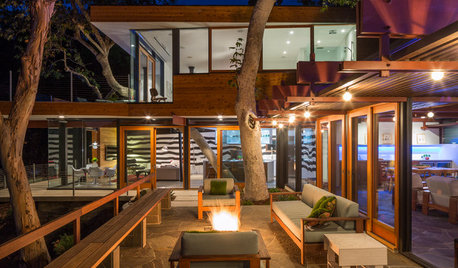
TREESHow to Use Trees Inside
Bring nature close by integrating the beauty of trunks and trees — even smaller leafy trees — into your home
Full Story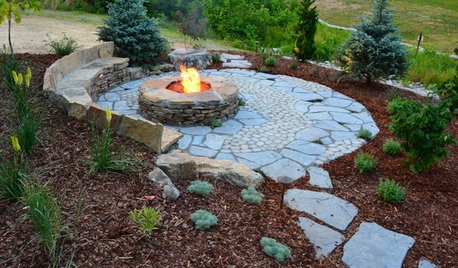
HOLIDAYS10 Ways Your Christmas Tree Can Live On After the Holidays
Learn how to recycle your Christmas tree and reap benefits for the environment
Full Story
WINTER GARDENINGHow to Help Your Trees Weather a Storm
Seeing trees safely through winter storms means choosing the right species, siting them carefully and paying attention during the tempests
Full StoryMore Discussions










sam_md
wisconsitom
Related Professionals
Glassmanor Landscape Architects & Landscape Designers · South Orange Landscape Architects & Landscape Designers · Summit Landscape Architects & Landscape Designers · Chesapeake Ranch Estates Landscape Contractors · Cockeysville Landscape Contractors · Deerfield Beach Landscape Contractors · Live Oak Landscape Contractors · New Cassel Landscape Contractors · Olympia Landscape Contractors · Overland Park Landscape Contractors · Four Corners Siding & Exteriors · Carmel Decks, Patios & Outdoor Enclosures · Miami Decks, Patios & Outdoor Enclosures · Riverside Decks, Patios & Outdoor Enclosures · South Milwaukee Decks, Patios & Outdoor Enclosuresken_adrian Adrian MI cold Z5
rina_Ontario,Canada 5a
Embothrium
rina_Ontario,Canada 5a
Embothrium
slimwhitman
mad_gallica (z5 Eastern NY)
Smivies (Ontario - 5b)
Embothrium
twotoneOriginal Author
ken_adrian Adrian MI cold Z5
gardener365